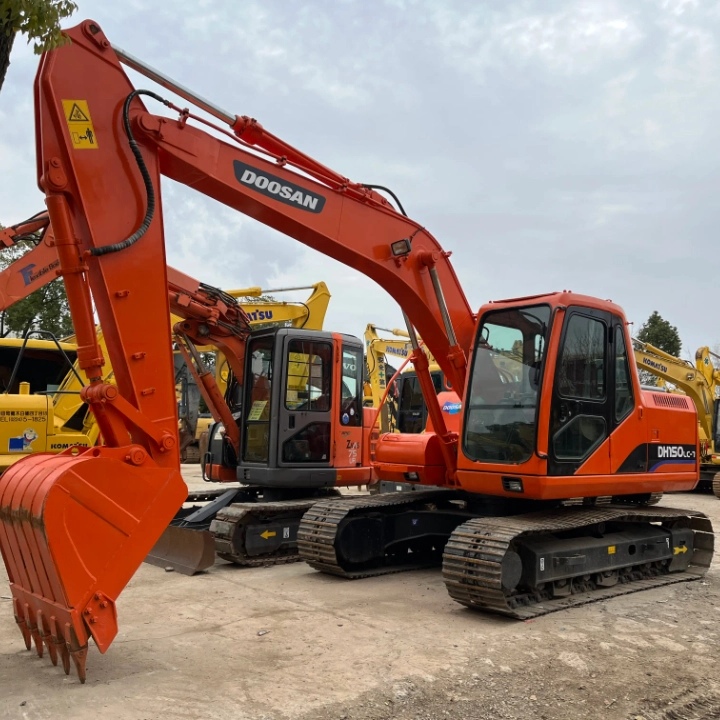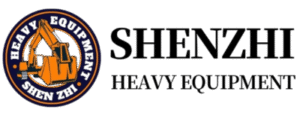Choosing the right excavator can be the difference between staying on budget and falling behind schedule. Whether you’re running a small landscaping business or managing large-scale earthmoving operations, investing in a reliable second-hand excavator makes sound financial sense. From compact mini diggers to full-sized heavy-duty models, the used equipment market offers options to suit nearly every job and budget.
This guide breaks down some of the most trusted second-use excavators by size category and outlines the tasks each machine is best suited for—so you can make a well-informed decision for your next purchase.
Mini Excavators (Under 6 Tonnes)
Mini excavators have become a staple for jobs where manoeuvrability is key. Their compact frame, lighter weight, and ease of transport make them a favourite for urban construction, utilities, and private land work. They’re ideal for contractors needing efficient digging power in confined areas.
Popular Second-Hand Choices:
- Kubota U17 or U55 – These Japanese-built machines are valued for their smooth operation and low running costs.
- Bobcat E26 – A dependable option with a compact radius, well-suited for residential work.
- Takeuchi TB216 – A strong performer with solid lifting ability for its size.
Best For:
- Landscaping and garden clearance
- Drainage and cable trenching
- Small-scale construction and ground prep
Typical Used Price: £12,000 – £25,000, depending on age and hours
Mid-Size Excavators (10–20 Tonnes)
When you need more reach, breakout force, and versatility, mid-sized tracked excavators are the go-to. They offer excellent balance between performance and transportability, making them suitable for construction firms, civil contractors, and infrastructure works.
Trusted Models in the Used Market:
- Volvo EC140 or EC160 – Known for excellent fuel efficiency and cabin comfort.
- Komatsu PC138US – A reduced tail-swing model ideal for roadside or urban work.
- Caterpillar 320 GC – Reliable hydraulics and widespread global parts support.
Best For:
- Utility installations
- Residential and commercial construction
- Roadworks and site prep
Typical Used Price: £30,000 – £60,000, depending on hours, attachments, and general wear
Heavy-Duty Excavators (Over 20 Tonnes)
For large-scale operations where digging power and stability are essential, heavy-duty excavators provide unmatched capability. These machines are designed for deep excavation, mass earthmoving, and high-production tasks on demanding sites.
Leading Used Options:
- Hitachi ZX250LC or ZX350 – Proven performers in quarrying and high-volume digging, with a solid reputation for durability.
- Doosan DX300LC – A popular alternative with strong engine performance and competitive pricing.
- Volvo EC250E – Offers operator comfort and impressive lifting power on heavy-duty applications.
Best For:
- Earthmoving on major developments
- Bulk excavation and material handling
- Large foundation and drainage works
Typical Used Price: £50,000 – £100,000 for machines in good working order

What to Consider When Buying a Second-Hand Excavator
Selecting the right model is only half the job—ensuring its condition and suitability is just as important. Whether buying from a dealer, auction, or private seller, take the time to assess:
1. Condition of Key Components
Check the undercarriage, pins, bushings, and attachments for excessive wear. Repairs to these areas can be costly and may indicate rough usage.
2. Service Records and Usage Hours
Look for machinery that has been well maintained, ideally with service logs and consistent use. Machines with 3,000–7,000 hours and regular upkeep typically offer the best value.
3. Suitability for Your Projects
Avoid buying a machine that’s over- or underpowered for your core jobs. Match the size class to the tasks you perform most often—whether that’s trenching, clearing, or bulk digging.
Final Thoughts
There’s a growing market for quality used excavators, and for good reason. A well-kept second-hand digger can provide years of dependable service at a fraction of the price of a new machine. By understanding the differences between mini, mid-sized, and heavy-duty machines—and matching their strengths to your specific needs—you’re better placed to invest with confidence.
From landscaping jobs on private plots to large-scale infrastructure developments, there’s a used excavator fit for every purpose. The key is knowing what to look for, doing your research, and working with reputable sellers who understand your operational needs.
